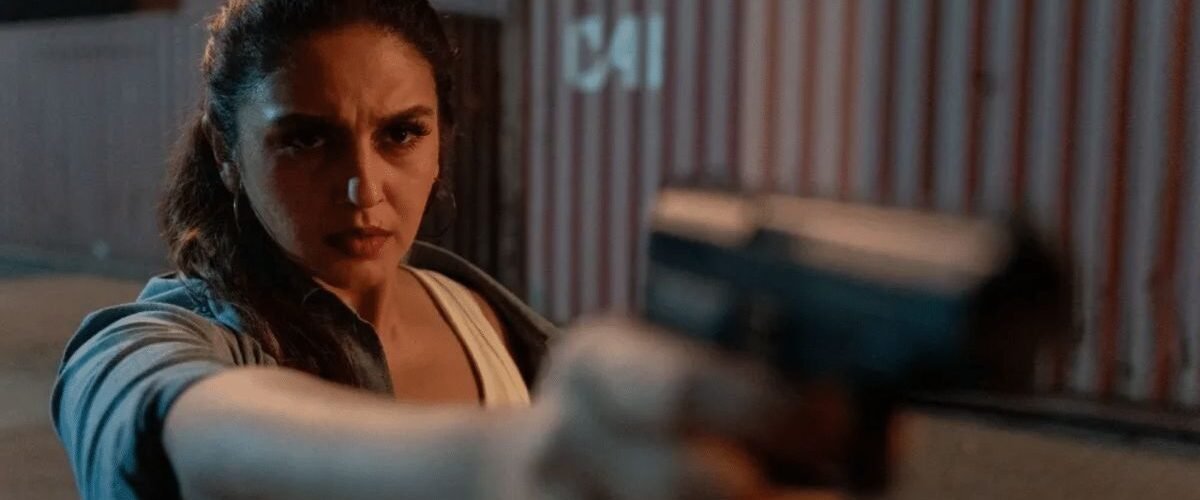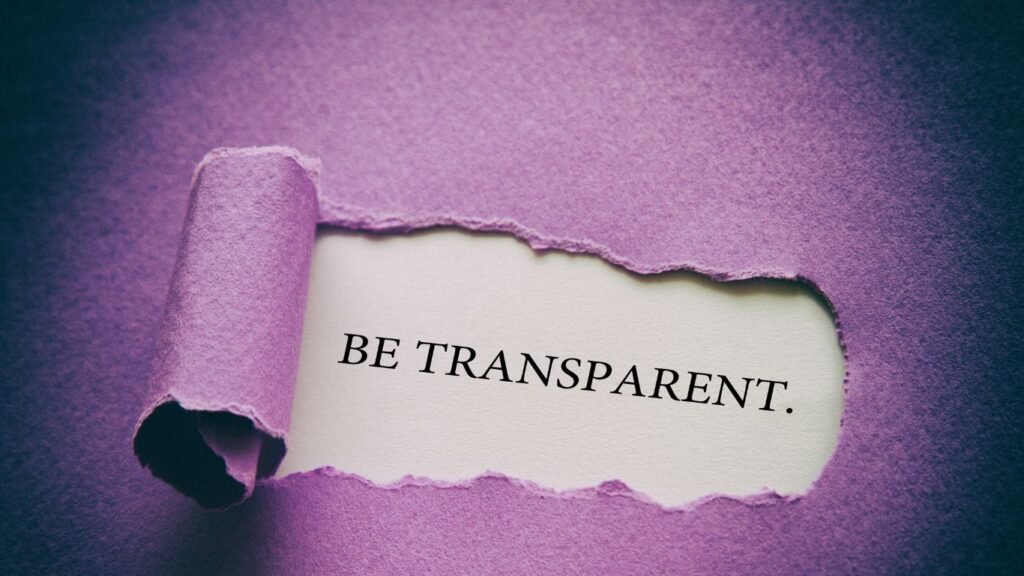Delhi Crime Season 3 — My Detailed Review

I finished Delhi Crime Season 3 in one long sitting because the show held my attention from the opening frame. I went in with high expectations because the first two seasons set a strong benchmark, especially the unforgettable first one. After watching the new season completely, I can say that Season 3 delivers gripping moments, powerful performances, and a few gut-punching scenes. However, it also struggles with pacing, tone, and narrative focus. In this review, I break down everything I liked, everything that bothered me, and how I judge the season overall.
The Premise and My Initial Reaction
Season 3 tackles one of the darkest social issues of our time — human trafficking and child exploitation. The moment I understood the direction of the story, I sensed a heavy season ahead. The writers chose a storyline rooted in shocking real events, and that decision gives the season emotional depth. I felt disturbed through many scenes, but that discomfort also reminded me that the show aims to force viewers to confront terrible realities.
The season sets up the conflict quickly. Children go missing, a disturbing case unravels, and the Delhi Police team steps into a maze of lies, predators, and systemic failure. I liked the urgency the first episode created. The stakes felt high from the start, and the show presented the crime world with painful clarity.
Performances — The Biggest Strength
Shefali Shah as Vartika Chaturvedi
I always admire Shefali Shah’s work, but she surpassed my expectations in Season 3. She plays Vartika with unmatched emotional control. I felt her exhaustion, her anger, and her compassion in every scene. She doesn’t rely on dramatic dialogue; she conveys authority through her eyes and posture. When she commands her team or comforts a victim, she does it with quiet power. I followed her arc with complete emotional investment.
Rasika Dugal and Rajesh Tailang
Rasika Dugal brings warmth and vulnerability to the season. I enjoyed her internal conflicts and her subtle reactions. Rajesh Tailang strengthens the emotional backbone of the team. He carries a calm but impactful presence.
Huma Qureshi — the standout antagonist
Huma Qureshi enters the show like a storm. She owns every scene with a chilling blend of charisma and cruelty. She delivers a villain who feels believable and terrifying. She smiles in moments that feel wrong, and that quality made her character unforgettable. I loved how she created tension without raising her voice. Her chemistry with Shefali Shah electrifies the screen. Their confrontation scenes define the soul of this season.
Supporting Cast
The supporting actors deliver solid work. Some get limited screen time, but they enrich the world. I enjoyed the realism in their interactions. The team chemistry remains strong, and that consistency keeps the season emotionally grounded.
Writing and Storytelling — Ambitious but Uneven
The writing team clearly aimed high. They mixed procedural detail, emotional drama, social commentary, and thriller elements in one season. I admire this ambition because crime dramas often rely on formula. This show tries to break away from predictability. However, the ambition sometimes creates trouble.
Strong Parts of the Writing
I liked how the writers presented the investigation. They focused on small steps, interviews, paperwork, missed leads, and team discussions. These scenes made the police work feel real. I followed the investigation like a puzzle, and the show rewarded my attention.
The emotional scenes also stand out. The writers give victims dignity and space. They avoid glamorising violence. I felt the horror of trafficking without needing graphic visuals. The show handles sensitive content with careful treatment moments, and those moments deepen the narrative.
Weak Parts of the Writing
The script suffers from overcrowding. The writers introduce too many subplots and character moments that don’t resolve properly. Some episodes shift focus too frequently. At times, the season tries to say more than it can hold, and I felt the narrative stretching thin.
The middle episodes slow down significantly. The story stops moving and starts circling around the same information. I lost some emotional momentum during these sections. The tension drops, and the pacing falters.
The season also struggles with tone. Some scenes aim for documentary-style realism; others tilt toward thriller dramatics. The shifts feel abrupt, and those jumps break the immersion occasionally.
Direction and Visuals — Atmospheric and Raw
The directors succeed in building an immersive world. They choose dimly lit corridors, crowded stations, narrow lanes, and tense interiors to reflect the emotional weight of the case. Delhi feels alive, dangerous, and unpredictable.
I liked how the camera lingers on faces rather than action. That choice brings intimacy. The camera gives space to grief, silence, and fear. It doesn’t shy away from uncomfortable emotions. These quiet moments deliver the strongest impact.
The lighting and colour palette stay consistent with the earlier seasons — muted, grey-tinted, and grounded. The visual style complements the realism of the narrative.
However, the visuals drift toward sensationalism in a few scenes, especially when the show wants to shock viewers. The tension feels forced in those moments. The show shines when it uses minimalism, not dramatics.
How the Season Treats Victims
Because the season deals with children and trafficking, it bears a heavy ethical responsibility. I watched these episodes with caution, expecting moments that cross the line. The good news: the show stays sensitive in most scenes. It avoids graphic portrayal of abuse. It focuses on survivors’ voices and their trauma.
The writing humanises victims instead of turning them into plot devices. Many scenes show the emotional and systemic failures that worsen their suffering. I appreciated this sensitivity.
However, a few dramatic moments felt slightly manipulative. The show inserts sudden shocking events to drive narrative tension, and those moments feel emotionally forced. They don’t ruin the season, but they weaken its moral clarity.
Themes and Messages
Season 3 communicates several strong themes, and I appreciated the depth behind them.
Systemic Failure
The show highlights how institutions break down when they face crimes against vulnerable groups. I saw how bureaucracy delays justice, how social prejudice hides crime, and how political pressure compromises decision-making.
Complicity and Silence
One recurring idea struck me: crimes grow because society stays silent. The show hints at neighbours, relatives, or officials who look away. That theme made me reflect on real-world complicity.
The Human Cost of Exploitation
The series focuses heavily on what children suffer. These scenes hit hard. The writers want viewers to acknowledge the pain rather than treat it as entertainment. I respect this intent.
Police Humanity
Even though the show criticises systems, it highlights the humanity inside the police force. Officers struggle with emotional strain, long hours, and personal guilt. Their exhaustion feels real.
Episode-by-Episode Rhythm
Without spoiling specific twists, I want to explain how the rhythm worked for me:
- Episode 1: Strong, gripping, and emotionally loaded. It hooked me immediately.
- Episode 2–3: The investigation builds depth. The pacing slows but remains engaging.
- Episode 4–5: The story loses speed. Too many subplot threads interrupt momentum.
- Episode 6: The finale regains energy. The confrontation scenes hit hard. The ending leaves a strong emotional mark.
The season ends with a sense of closure, but it also leaves room for introspection. I liked the emotional tone of the finale. It doesn’t glorify victory; it underlines the cost of justice.
Good Aspects (What Worked for Me)
1. Extraordinary performances
The cast delivers powerful work. Shefali Shah and Huma Qureshi create a masterclass in emotional intensity.
2. Strong emotional core
The show keeps victims at the centre and handles sensitive themes with sincerity.
3. Authentic police procedural details
I enjoyed the realistic investigation approach. The small steps matter, and the show captures them well.
4. Tense confrontations
The face-offs between Vartika and the antagonist deliver some of the best scenes of the entire franchise.
5. Atmospheric direction
The look, tone, and sound design create a haunting experience.
6. Sharp moments of social commentary
The season forces viewers to reckon with collective responsibility behind trafficking.
Bad Aspects (What Didn’t Work for Me)
1. Sluggish pacing in the middle
Episodes 4 and 5 drag. The tension dips.
2. Overloaded script
The writers juggle too many side plots. Some characters appear without full development.
3. Inconsistent tone
The show jumps between documentary realism and heightened thriller energy.
4. Occasional emotional manipulation
A few dramatic scenes feel engineered instead of earned.
5. Limited development for some characters
The supporting cast deserved more depth.
6. Predictable structure at times
I guessed a few twists early because the narrative telegraphs them.
My Final Verdict
After watching Season 3 thoroughly, I walked away with mixed but positive feelings. The show delivers emotional depth, brilliant performances, and a meaningful message about societal responsibility. It continues the franchise’s tradition of using crime stories to highlight systemic issues. When the season hits its emotional peaks, it shines with remarkable power.
However, the uneven pacing, scattered narrative, and tonal shifts prevent it from reaching the excellence of Season 1. Season 3 stands above most crime dramas on streaming platforms, but it doesn’t match the franchise’s best moments.
My Rating: 3.5 out of 5
I recommend Season 3 to anyone who appreciates character-driven crime stories and powerful performances. Watch it for Shefali Shah’s and Huma Qureshi’s performances. Watch it for the emotional intelligence the show brings. Just temper your expectations regarding pacing and script focus.
Also Read – Haq Movie Review: A Powerful Courtroom Drama That Stirs the Soul













